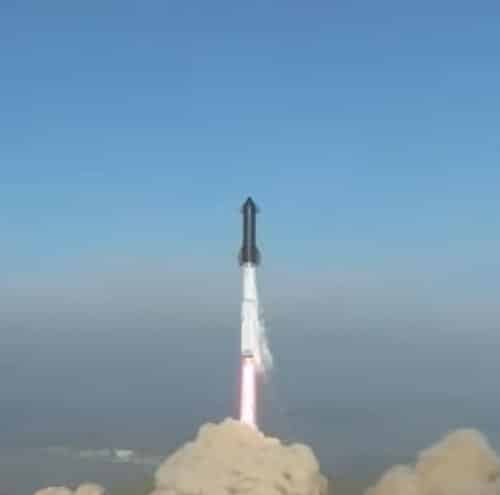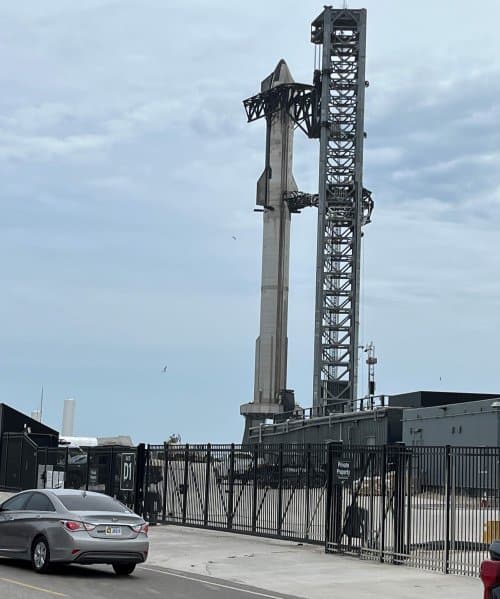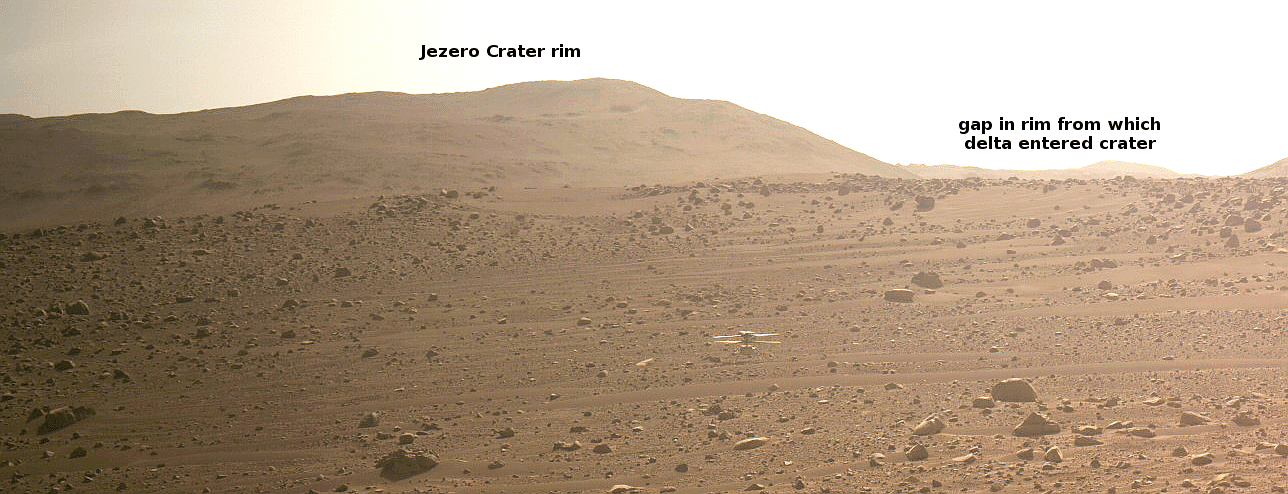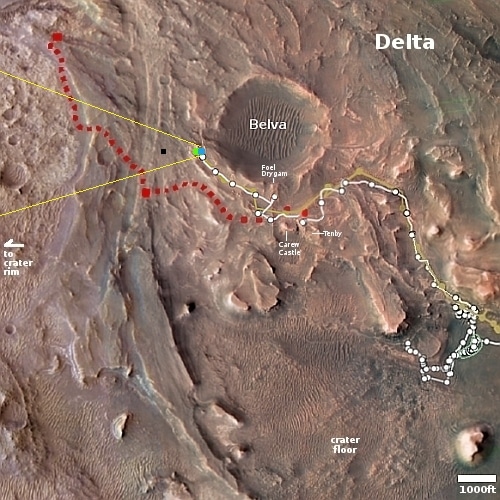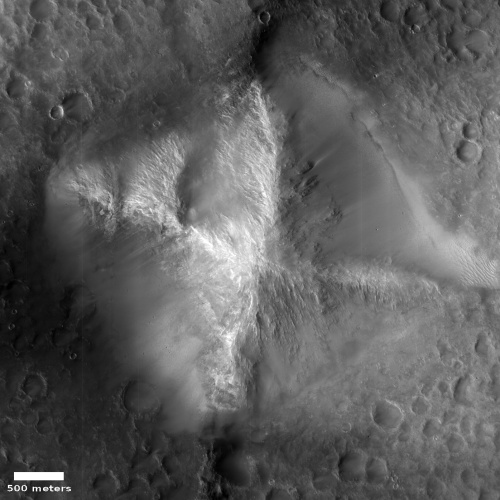Ohio local authorities approves land sale for future private astronaut training facility
The local city council in Brook Park, Ohio, yesterday approved by a vote of 7-0 the purchase of nearly thirteen acres by the British company Blue Abyess to allow it to quickly build its proposed private astronaut training facility.
The Brook Park location will be built around a very large, 150-foot deep, multi-level pool. It’s an area that can replicate what life would be like in outer space and allow for the necessary training, dubbed astronaut boot camp for space exploration. “They’re not swimming pools. They’re aimed at industry, whether that’s marine offshore energy, maritime defense, subsea technology, human performance in extreme environments, or how do humans cope with green space environments,” Vickers said.
Officials say this project could be a huge economic driver, potentially bringing more than 100 jobs to the area.
In addition, it will likely generate major interest from tourists.
The facility will also include a hotel for those private astronauts, whether commercial or tourist. Located next to the Glenn Research Center, the company hopes to provide its services to both the public and NASA.
The local city council in Brook Park, Ohio, yesterday approved by a vote of 7-0 the purchase of nearly thirteen acres by the British company Blue Abyess to allow it to quickly build its proposed private astronaut training facility.
The Brook Park location will be built around a very large, 150-foot deep, multi-level pool. It’s an area that can replicate what life would be like in outer space and allow for the necessary training, dubbed astronaut boot camp for space exploration. “They’re not swimming pools. They’re aimed at industry, whether that’s marine offshore energy, maritime defense, subsea technology, human performance in extreme environments, or how do humans cope with green space environments,” Vickers said.
Officials say this project could be a huge economic driver, potentially bringing more than 100 jobs to the area.
In addition, it will likely generate major interest from tourists.
The facility will also include a hotel for those private astronauts, whether commercial or tourist. Located next to the Glenn Research Center, the company hopes to provide its services to both the public and NASA.

